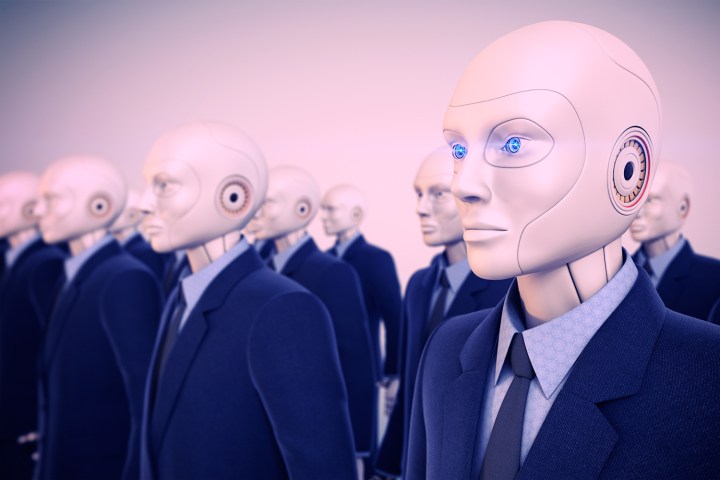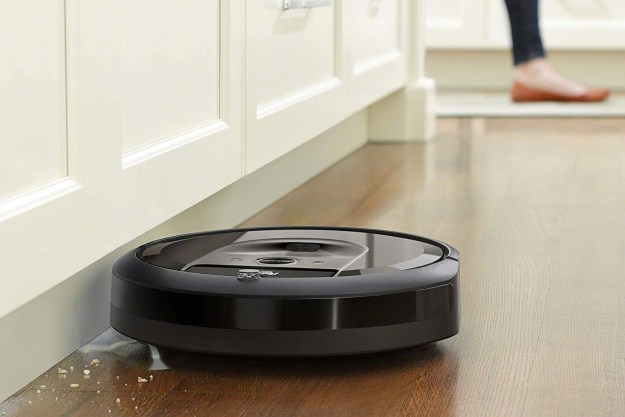
And while previous industrial revolutions have catapulted the human workforce forward, this one may set us back — at least in the short term. According to the researchers at the WEF, “current trends could lead to a net employment impact of more than 5.1 million jobs lost to disruptive labor market changes over the period 2015–2020.” The Forum estimates that a grand total of 7.1 million jobs will be lost as a direct result of many of our proudest innovations, and that two-thirds of these jobs will be “concentrated in the Office and Administrative job family.” Concurrently, two million jobs will be gained in what the WEF calls “several smaller job families.” Still, it’s a net loss for human beings, at the expense of machines we’ve ourselves created.
The jobs most at risk of being replaced by machines are those in “administrative and routine white-collar office functions.” Furthermore, some industries where machines already play a large part, like manufacturing and production, will see further robot substitution, but the Forum notes that humans “retain relatively good potential for upskilling, redeployment, and productivity enhancement through technology rather than pure substitution.”
This “upskilling” will be crucial for humans looking to retain or attain employment over the next few years, the WEF surmises. Not only will machines compete for positions, but global population growth and a rather stunted job market will make competition all the more fierce. That said, the Forum notes that “a significant share of the global workforce remains employed in agriculture,” and it is unclear how technology will affect this particular industry, at least in countries where little technological infrastructure is available.
Interestingly enough, the WEF projects that in both jobs that will be replaced by machines and those that will remain untouched by the robot revolution, “gender gaps appear to be more pronounced.” While women are underrepresented in the STEM field, which seems to be on track for fast growth over the next few years, they’re also underrepresented in jobs that are likely to disappear, notably manufacturing, production, construction, and extraction.
But there’s still significant cause for concern when it comes to gender equality in the workforce. The WEF notes, “female employment is also concentrated in low-growth or declining job families such as sales, business and financial operations and office and administrative, indicating, if our respondents’ expectations come to pass, a possible reversal of some of the gains made in workplace gender parity over the past decade.”
This may feel like the millionth estimate of how many jobs we’re going to lose to the AI apocalypse. But this one seems more alarming in terms of its immediacy and the broad impact. Is your job in danger of being replaced by a computer?
Editors' Recommendations
- Amazon’s new humanoid robot will not take human jobs, company insists
- A disembodied robot mouth and 14 other 2020 stories we laughed at
- Robots at Walmart replaced by humans, report says
- Made a mess? Some iRobot Roombas will know exactly where to go for cleanup
- Ford gives Boston Dynamics’ high-tech robot dog Spot a job


